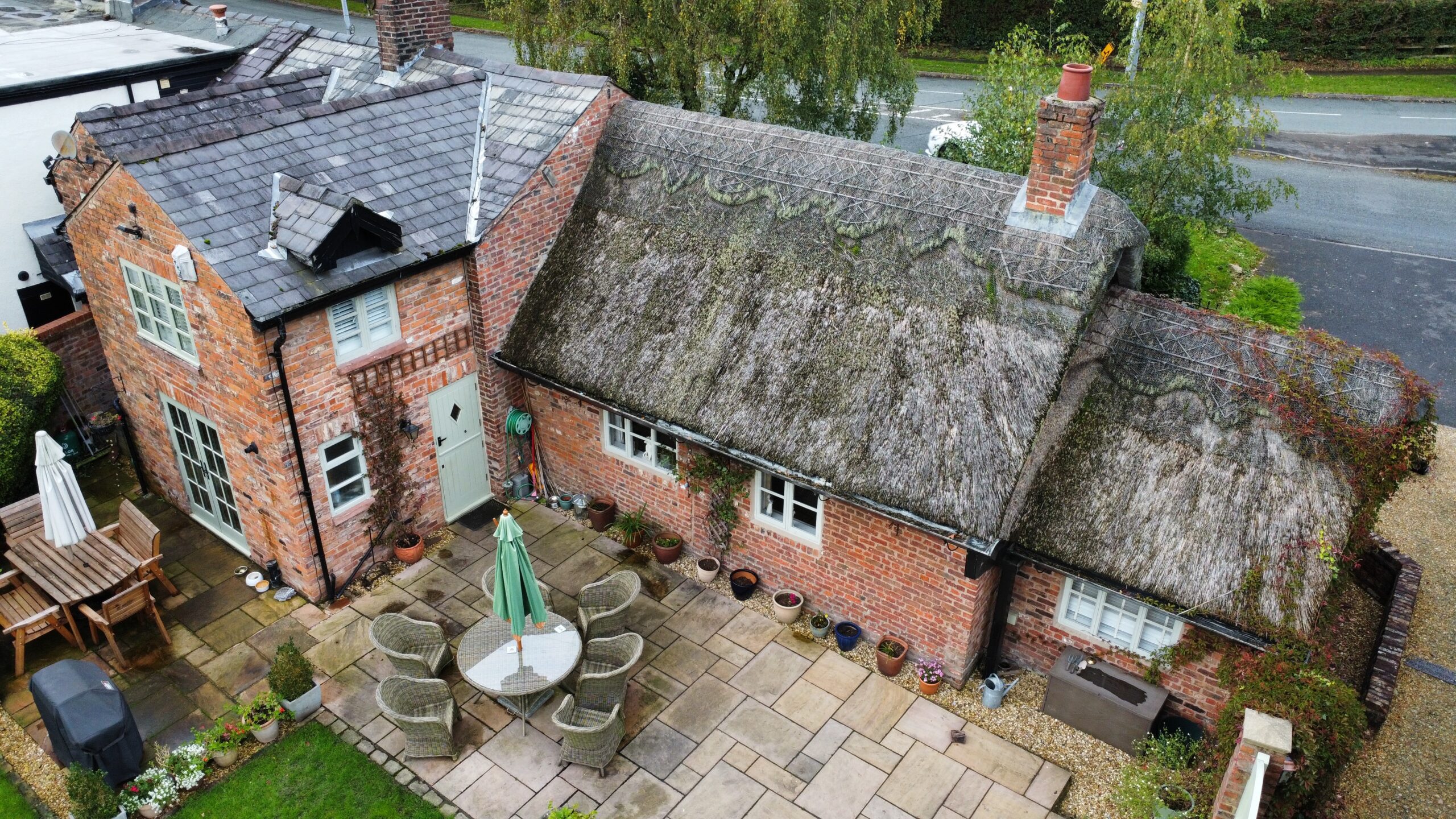Determining the age of your house can be quite an enlightening experience, revealing not just the year it was built but also a slice of local history and architectural trends of the time. If you’re in the process of purchasing a property or simply curious about your current home’s origins, having the right home survey can provide you with a plethora of insights. Knowing when your house was built is crucial not only for historical interest but also for practical reasons, such as planning for renovations, fixing inherent defects, understanding building materials used, and acquiring adequate home insurance.
Selecting the appropriate home survey is essential. There are different types of surveys available, such as the Condition Report, Building Survey, or HomeBuyer Report, each offering varying levels of detail. The Condition Report tends to give you an overview, suitable for modern homes, while the more comprehensive Building Survey is thorough, ideal for older or larger properties. It’s valuable to consider the age, condition, and type of property you’re looking at to decide which survey best meets your needs.
When you arrange for a survey, you’re investing in peace of mind. A well-informed surveyor can pinpoint the construction date by examining specific design features, materials used, and local building records. They may also uncover any potential issues that could require your attention in the future. The investment in a proper survey now could save you from unexpected surprises and expenses down the road.
Identifying the Age of Your Home
Discovering when your house was built can shed light on its history and potential value. Here are key resources to assist you in uncovering your home’s age.
Historical Records and Local Archives
Your quest begins with historical records and local archives. Visit your local council archives or library, where you can access census data, old maps, and estate documents that may pinpoint construction dates. For example, Ordnance Survey maps may illustrate changes in the area, hinting at your home’s origins.
Architectural Style and Building Materials
Look closely at the architectural style and building materials of your home. They can serve as historical markers. For instance, if your house has Gothic Revival elements or is built with Bath stone, it likely dates back to the 19th century. Here is a brief list to guide you:
- Victorian: Elaborate designs, brickwork, and terraced houses (mid-late 19th century). Likely to have solid brick walls and rafter, and purlin roof structures.
- Edwardian: Simpler designs, use of red brick, wider streets (early 20th century). Similar walls and roofs to Victorian properties.
- Post-War: Prefabricated materials, modernist designs (post-1945). Lots of local authority-constructed properties. Cavity external walls are now the norm.
- Post 1970: Construction started to use blockwork walls, plastic damp proof courses, plasterboard and timber-trussed roofs.
Public and Legal Documents
Lastly, public and legal documents are a crucial resource. Your deeds or land registry records often contain the age of your property. You can request these documents for a fee from the Land Registry. Here’s what to look for:
- Title deeds: Can give the earliest known date of the house.
- Property tax records: Might show when the house was erected.
Armed with these tools, you’ll be well on your way to uncovering the age of your home.
Home Survey Options
When considering the purchase of a home, selecting the appropriate type of survey can provide peace of mind by offering insights into the property’s condition. Each option serves a different level of detail and complexity.
Condition Reports (Level 1 Home Surveys)
Condition Reports are the most basic type of home survey. They offer a clear and concise overview of a property’s condition, pointing out urgent defects without extensive detail. Ideal for new-builds or modern homes, this level of survey uses simple ‘traffic light’ ratings to highlight the condition of various parts of the house.
Homebuyer Reports (Level 2 Home Surveys)
Homebuyer Reports are more comprehensive, suitable for properties in a reasonable condition built in the last 100 years. This survey type not only covers all the features of a Condition Report, but can also include a market valuation. Issues that may affect the property’s value are identified, and advice on repairs and ongoing maintenance is provided.
Building Surveys (Level 3 Home Surveys)
For the most detailed examination, a Building Survey is advisable, particularly for older (over 100 years old), larger or non-standard properties. This survey includes a thorough analysis of the property’s condition, along with advice on defects, repairs, and maintenance options. Extensive technical information on the construction of the property and materials used is also included.
Interpreting Survey Results
After receiving your home survey, it’s important to scrutinise the details so you can understand the exact age of your property and what the surveyor’s recommendations entail.
Assessing the Property Age
Your survey will likely include details like construction methods and materials, which can hint at the era your house was built. For instance, lath and plaster walls are typical in older homes, whereas plasterboard is a more modern material. Look for dated signatures or manufacturer stamps on fixtures and fittings; these can often be found on items like:
- Windows
- Doors
- Plumbing fixtures
These clues can help you pinpoint a more precise age for your home.
Understanding Surveyor Recommendations
The surveyor’s recommendations are pivotal for your home’s maintenance and potential renovations. These could range from urgent repairs to improve structural integrity to advisories on less critical issues. Here’s a breakdown of potential recommendations:
- Urgent Repairs:
- Structural issues: Requires immediate attention.
- Safety hazards: Such as damp or mould problems.
- Maintenance Tips:
- Periodic tasks to preserve the condition of your home.
Focus on the implications of each recommendation and consider professional advice for any complex issues.
Preservation and Renovation Considerations
When you’re determining the age of your house and planning for any upkeep or alterations, it’s crucial to consider both preservation and renovation needs. Be mindful of the integrity and the historical value of your property.
- Original Features: Identify elements like cornicing, skirting boards, and windows that are original to the house. The goal is to maintain these features whenever possible to preserve the character of the home.
- Materials: Aim to match new materials with the old ones, such as bricks, roof tiles, and mortar. Different eras used different construction materials, and compatibility is key for both aesthetics and durability.
- Building & Planning Regulations: Ensure that any renovation complies with the current building regulations. Check with the local council to understand the specific guidelines for properties in your area.
- Professional Advice:
- Structural Engineer: For major works, consult a structural engineer to ensure that your plans won’t compromise the home’s stability.
- Conservation Specialist: Consider hiring a conservation specialist for homes in conservation areas or listed buildings to navigate legal requirements.
- Energy Efficiency: Older homes often lack modern energy efficiency; however, there are ways to upgrade sensitively.
Remember, each decision affects not just the look and feel of your home, but also its history and future. Proceed with a balanced approach, valuing both the past and your comfort as a modern resident.
| Upgrade | Considerations |
| Insulation | Non-invasive options such as loft insulation can be beneficial. |
| Windows | Double-glazing can mimic original styles while improving efficiency. |
| Heating Systems | Modern systems should integrate without disturbing original features. |
Get in touch with Survey Hut today for a comprehensive Home Survey. We are held to the highest professional standards by the RICS, so you know that you’ll get a high-quality report. Make sure your perfect home, is perfect.
Sharing is caring!




